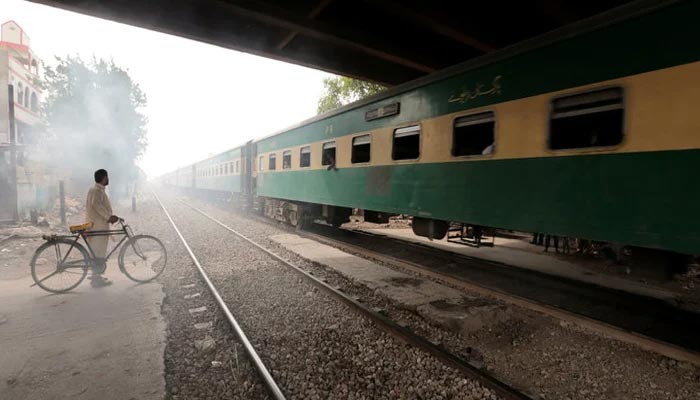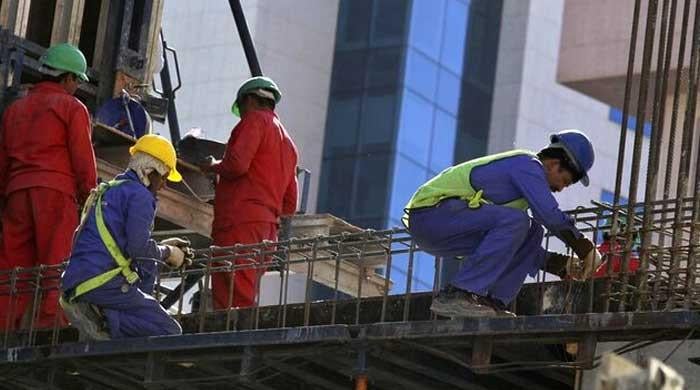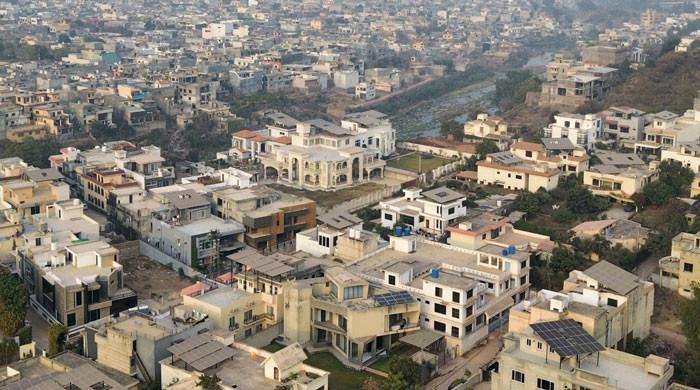ADB suggests six policy reforms to strengthen Pakistan railways
ADB assesses state of CAREC railways and identifies opportunities for investment, commercialisation, and reform
August 11, 2022

- ADB identifies opportunities for investment, commercialisation, and reform.
- Pakistan railways have 466 locomotives out of which 23% of them are unserviceable.
- Implementation of reforms can lead to railways that are ready to adapt to changing markets.
ISLAMABAD: The Asian Development Bank (ADB) has identified six policy reforms to strengthen the railway system in Pakistan and across the Central Asian Regional Economic Cooperation (CAREC) region saying that railways across the region must consider implementing key reforms that would make them more efficient and financially sustainable.
A new study by the Asian Development Bank (ADB) assesses the state of CAREC railways and identifies opportunities for investment, commercialisation, and reform.
The Manilla-based lender stated that by implementing key reforms, railways across the region can help increase economic growth and improve the lives of ordinary people.
According to the study Pakistan railways have 466 locomotives and 16,159 freight wagons out of which 23% of locomotives and 24% of wagons are unserviceable.
The study said most of the regional railways currently use accounting systems that do not follow internationally recognized commercial standards.
These old systems cannot accurately measure the true financial performance of railway entities or separate the financial performance of each business activity.
The ADB suggested the following measures in its study:
1. Accounting systems
Must develop modern commercial accounting systems that provide reliable and transparent real-time information about costs, revenues, and financial performance.
2. Staff expertise
Strengthening staff expertise in operating the system and using it to analyse railway performance is also crucial.
3. Resource planning systems
Railways need to introduce enterprise resource planning systems to help them adopt more commercial approaches that would increase productivity and profitability.
These systems also help railway planners to maintain an overview of existing railway resources such as staff or rolling stock and determine more efficient ways of using them.
4. Tariff regulations
For railways to operate in this competitive setting, CAREC countries should consider liberalising tariff regulations so the railways can adjust their tariffs in line with market conditions. This will help them to attract more customers and optimise revenues.
5. Public service obligation
CAREC governments can consider introducing a public service obligation. This could for example take the form of a contract between the government and the railway operator obliging the latter to offer certain services, while the government reimburses the operator for any losses incurred in running those services.
6. Non-core activities
The regional countries need to examine the non-core activities of their railways and progressively separate or privatise them so that operators can focus on running railway services on a commercial basis.
The study added that including private companies in the operation of freight and passenger services can create competition within the railway market, leading to improved efficiency and service quality.
But to establish a fair and transparent basis for competition, most CAREC countries will need to reform their policy and legal frameworks to allow the private sector to perform additional roles in the railway sector.
Overall, as markets change over time, railways also face further competition from other modes of transport. Implementation of reforms can lead to railways that are commercially fit and ready to adapt to changing markets.









